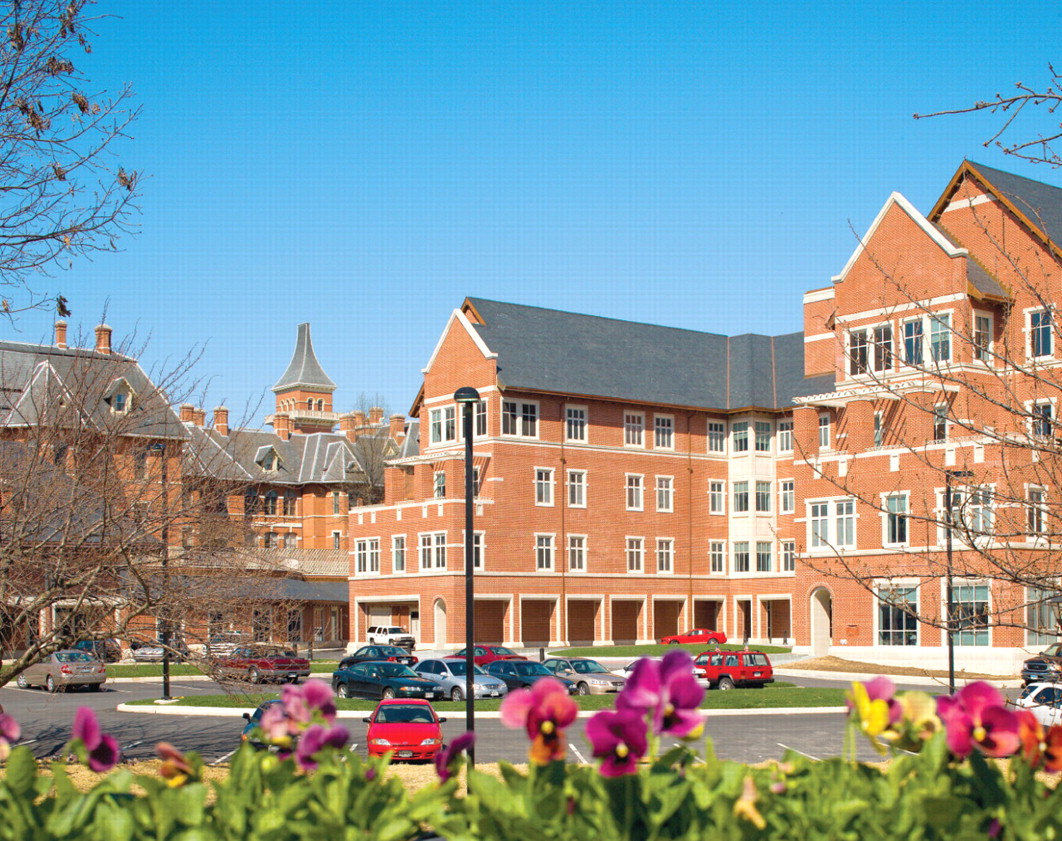In 1796 English Quakers William Tukes and his son Henry opened York Retreat to care for their mentally ill brethren. There they introduced a new method of kindly, humane care known as “moral treatment” that featured rest, occupational training, and recreation.
Knowledge of the method spread to America, where in 1817, Friends Hospital (affiliated with the Religious Society of Friends, also known as Quakers) opened in Philadelphia.
In Baltimore, meanwhile, Moses Sheppard, a Quaker philanthropist, learned about the moral-treatment philosophy and saw the need to provide it to Quakers and others in that city who had mental illness. To accomplish this goal, he obtained a charter from the Maryland legislature to build an appropriate facility in the Baltimore area. He also formed a board of trustees for the planned institution, with himself serving as president.
Although Sheppard died at age 82 before ground was broken, he bequeathed more than $500,000 to build and maintain an “asylum for the insane” in Baltimore. Sheppard stipulated that the institution must be managed by the trustees using only the accrued interest from the legacy.
With this charge the trustees acquired a 375-acre farm north of Baltimore as the site for the asylum.
S. Tilden Brown, M.D., of Bloomingdale Lunatic Asylum in New York, was tasked with gathering ideas for the building's design. The architectural plan that was finally selected followed the proposals of Thomas Kirkbride, M.D., superintendent of Pennsylvania Hospital for the Insane. In 1854 Kirkbride had published a highly regarded book titled On the Construction, Organization, and Arrangement of the Hospitals for the Insane. But construction of the Baltimore facility proceeded slowly as funds only became available, as stipulated, from the legacy's accrued interest.
Finally in 1860 a gatehouse was erected to mark the site of the new asylum. It took until 1891 for two separate but identical 75-bed buildings—one for men and one for women—to debut. Edward Brush, M.D., assistant superintendent of the Pennsylvania Hospital, was chosen to head the new hospital. In the first year, 53 patients were admitted, with 27 eventually discharged. In the first decade of its operation, 824 patients were admitted.
In 1896 Enoch Pratt, a Baltimore philanthropist, died leaving more than $1.5 million for the asylum, asking only that its name be changed to Sheppard and Enoch Pratt Hospital. With the infusion of Pratt's money, financial restrictions of the original legacy eased, and new buildings were added as needed.
While its original mission was to provide humane psychiatric care, the hospital has grown and embraced advances in psychiatry and the rest of medicine. Hydrotherapy facilities became available in 1905. The activities program was placed under the direction of the hospital's assistant physician, William Rush, M.D., who studied the healing role that work played in mental health care. Rush became known as the “father of occupational therapy.” (His uncle, Benjamin Rush, M.D., is considered the“ father of American psychiatry.”)
Psychotherapy had long been a major modality of treatment, but it was particularly emphasized when the facility's staff included Harry Stack Sullivan, M.D. (1926-30), Lewis Hill M.D., (1949-58), and Lawrence Kubie M.D. (1959-70).
Professional training programs began there in 1905 with the establishment of a nursing program. Psychiatric residency training started after World War II and later continued in partnership with the University of Maryland. Training programs in social work and psychology also were instituted.
In the 1960s, when adolescents were first admitted to the hospital, a school program designed to educate mentally disturbed and autistic children and adolescents came into being and included liaison programs in conjunction with school boards in sourrounding counties.
Today, Sheppard Pratt is a vast and comprehensive mental health facility. In 2005 a new 192-bed hospital was opened, and the old Kirkbride buildings, as they were called, were diverted to other uses (Psychiatric News, September 2, 2005). Sheppard Pratt now offers an array services, on site and off. They include outpatient care; day hospitals for geriatric, acutely ill, and chronically ill adults and children; chemical dependence and eating disorders programs; crisis intervention; employee work-life assistance; residential services; music and art therapy; and general hospital consultation.
Notably, the hospital has been served by five superintendents since its founding, four of whom have also served as presidents of APA: Edward Brush, M.D. (1915-16), Ross M. Chapman, M.D. (1937-38), Robert Gibson, M.D. (1976-77), and Steven Sharfstein, M.D. (2005-06). ▪

